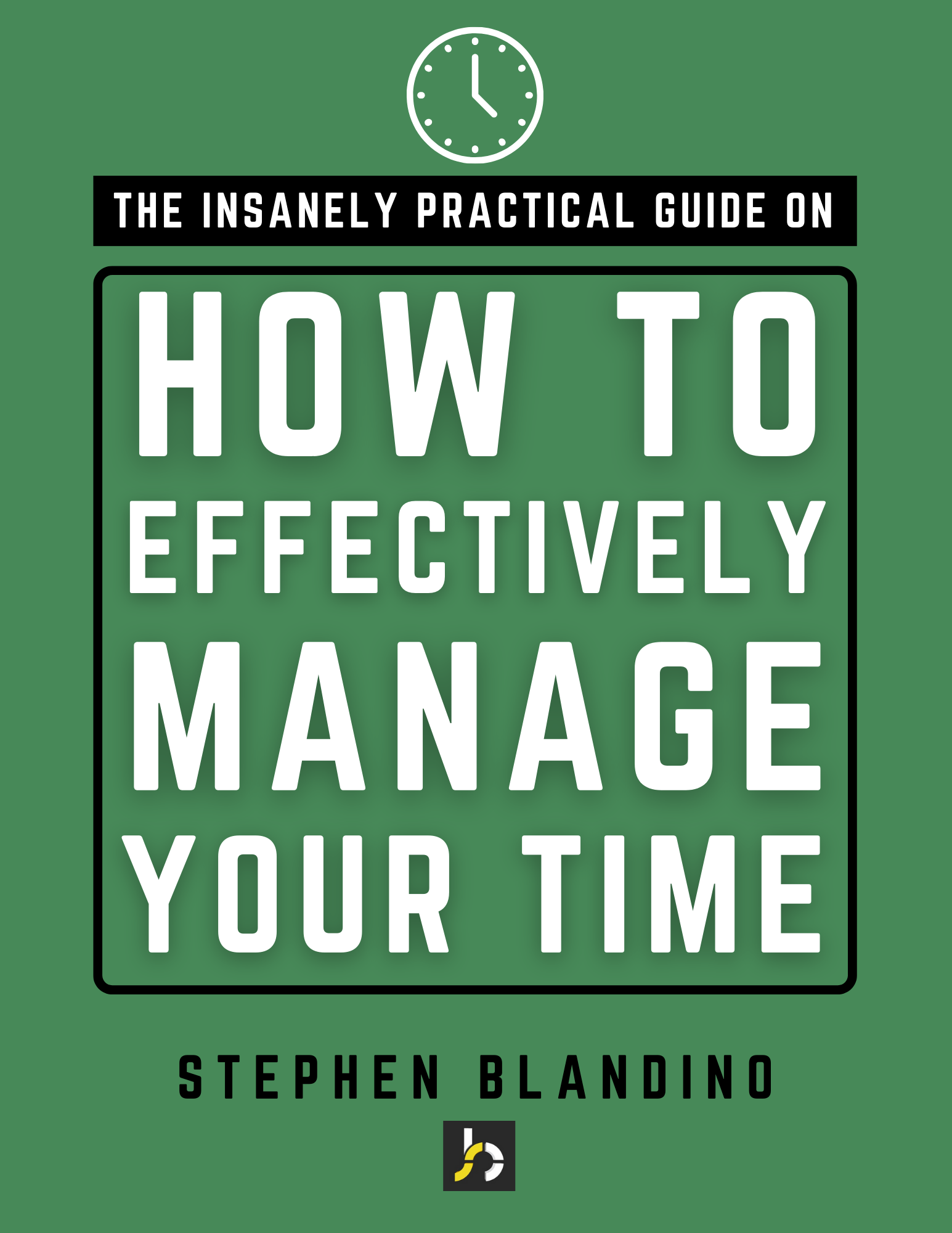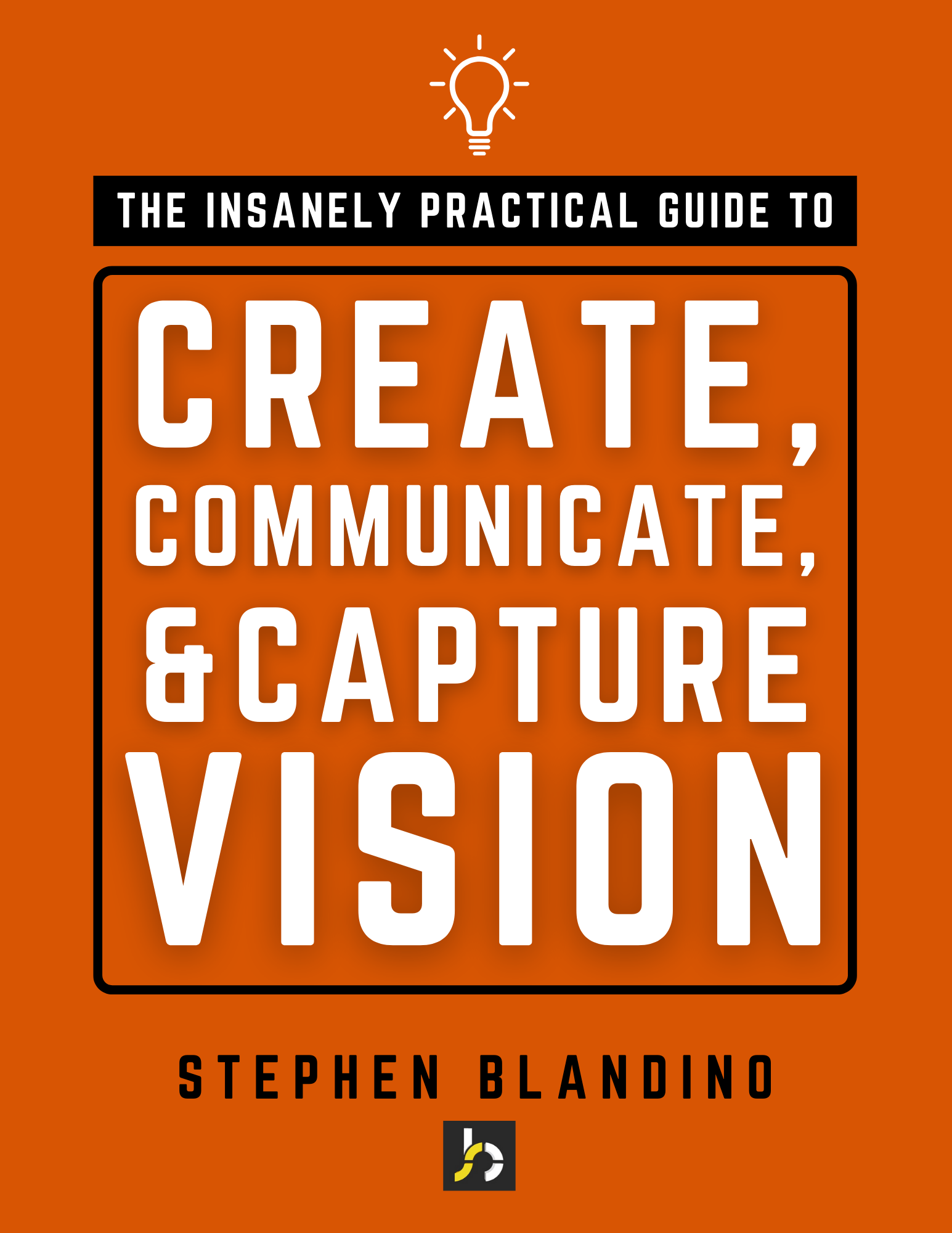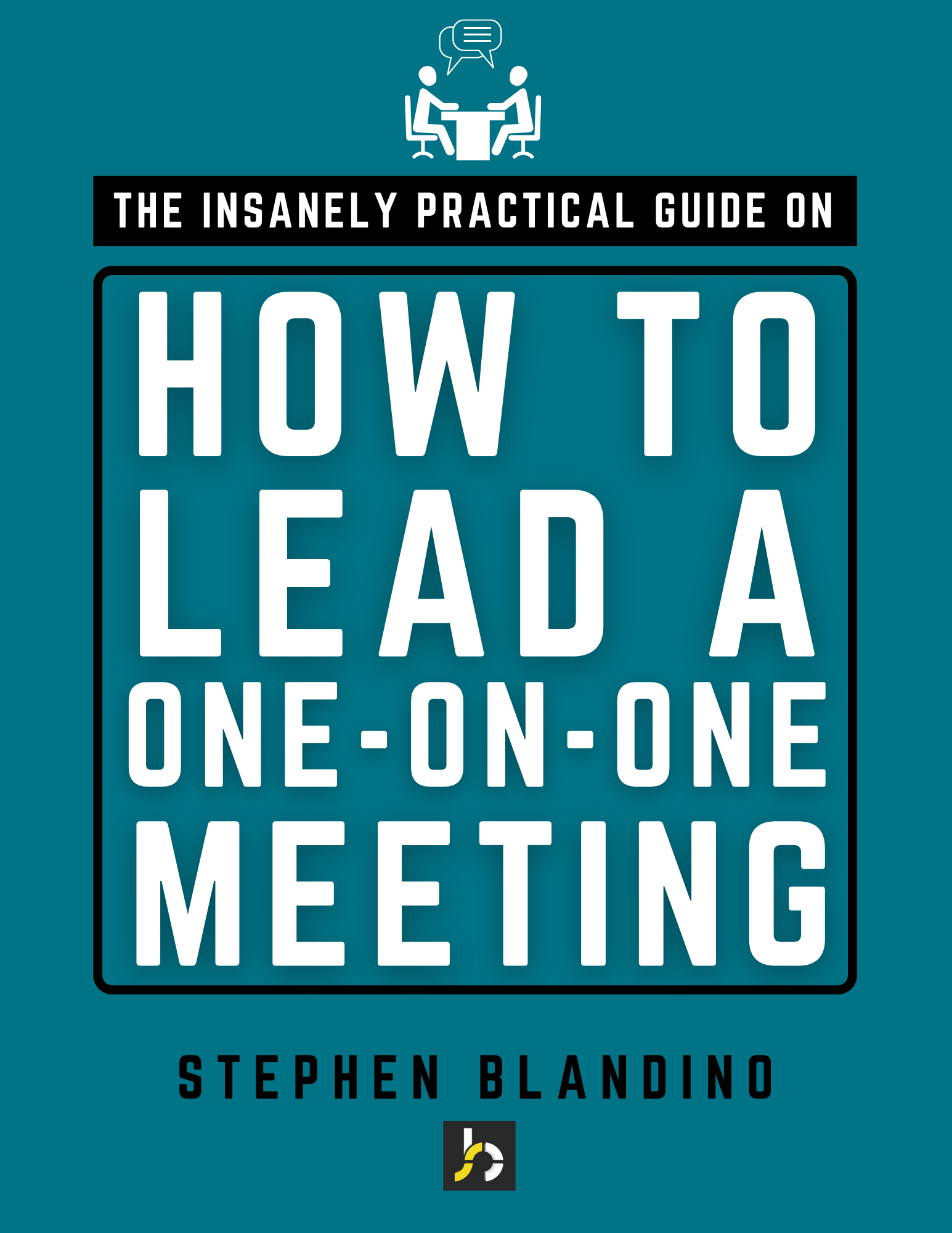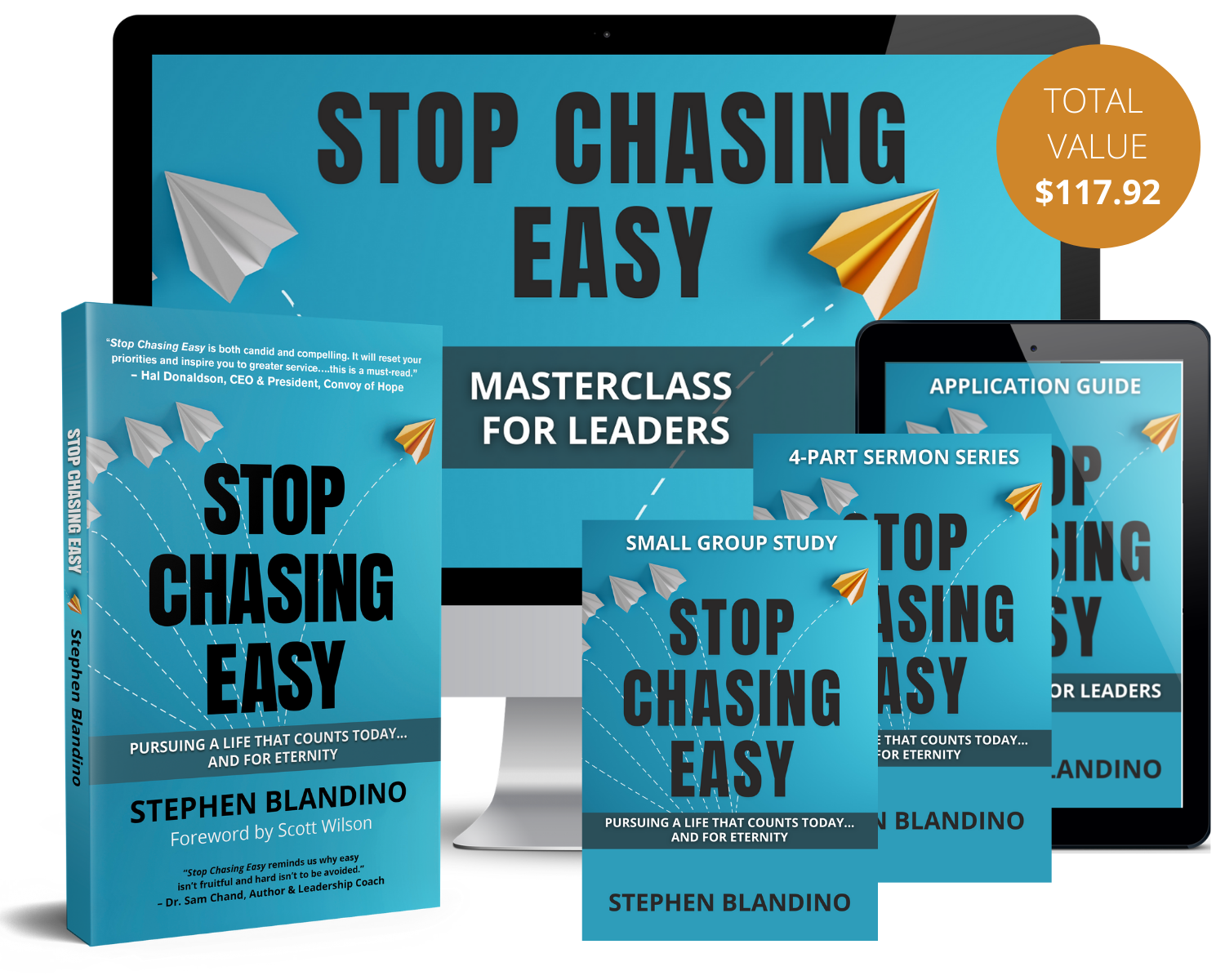I recently read Marshall Goldsmith’s book, Succession: Are You Ready? Goldsmith makes a great observation when he writes, “It is easy to fall in love with the baton of leadership. Whenever this happens, it is almost impossible to let it go.” He further asserts that, “Passing the baton is the final challenge of great leadership.”
Leaders that have trouble letting go typically spend an immense amount of time leading their organizations right up to the very end, a marginal amount of time developing their successor, and a very small slice of time creating a “great rest of your life.” However, Goldsmith notes that healthy leaders navigating a healthy transition move carefully through the “letting go” process. They identify and spend increasing amounts of time developing their successor and handing off organizational responsibilities while at the same time giving increasing thought to their life after leaving the organization. Unfortunately many leaders leave and then suffer a conflicting identity crisis.
When a CEO leaves a company it results in a loss–money, perks, status, power, relationships, happiness, meaning, and contribution. Those last three–contribution, meaning, and happiness–are essential to having a great “rest of my life.” Here’s a quick bullet-point list of recommendations from Goldsmith regarding successful succession:
- Slow down – Slowing down enables you to pass the baton effectively. In the same way runners slow down to hand off the baton, you must slow down by decreasing your responsibilities, increasing the responsibilities of your successor, and setting them up for success. The “slow down” process usually begins by coming to grips with the reality that succession must come into focus.
- Give considerable time and focus to what you will do with your life after leaving the organization – Leaders must “look for another track and another race. Planning for contribution, meaning, and happiness in your next life will not only help you, it will be good for your successor!”
- Create a leadership pipeline by developing talent – Some of the most successful transitions involve internal succession. When you are intentional about developing talent, you increase your pool of options and set the organization up to win. “What message is sent to your leaders when you, as a CEO, cannot develop your own successor?”
- Make an appropriate stakeholder assessment of your potential candidate – Your job is to build a relational bridge between the potential successor and the board and to ask, “Will this candidate be given a fair chance, not only by me, but also by the key stakeholders who are critical to her future success?”
- Provide or secure executive coaching for your successor – Coaching will help address gaps, behavioral issues, strengths, and weaknesses. Stakeholders should also be involved in this process since they will be around after you leave–such as board members, peers, and direct reports. To facilitate a meaningful coaching process, secure 360-degree reviews to help identify areas that require coaching.
- Avoid the comparison game – “The more successful we become, the more we can fall into the superstition trap, which, simply stated, is, ‘I behave this way. I am a successful CEO. Therefore, I must be a successful CEO because I behave this way!'” It is essential that you don’t ask, “Why doesn’t she act like me?”, “Why doesn’t she think like me?”, or “Why doesn’t he love my friends?”
- Make a great exit – Show some class when you leave and “don’t return from the grave.” And if your successor experiences any failures, “don’t fall into the trap of babbling on about ‘what I would have done.'”
Some great insight from Marshall Goldsmith on succession. Regardless of where you are in your organization, what are you doing to prepare for succession? At the least, you can start investing in leaders and developing your talent pool. What else do you need to do?








